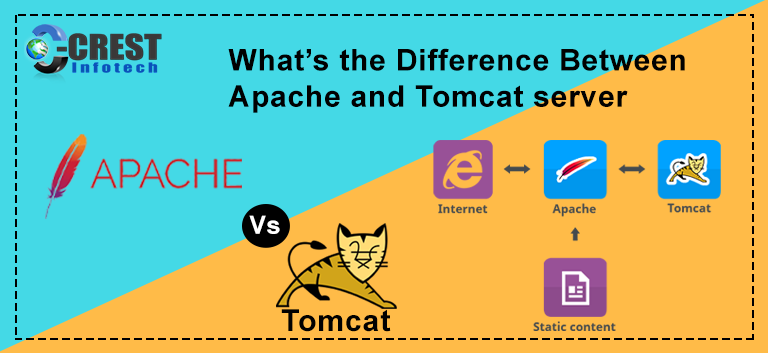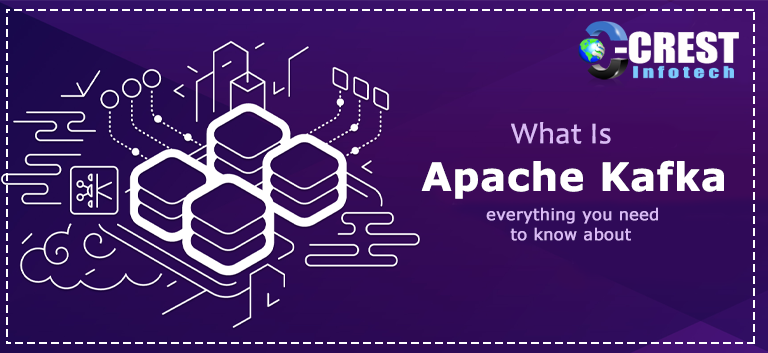Difference between an Apache server and a Tomcat server
Apache Server and Tomcat Server are two of the Apache Software Foundation’s offerings. Apache Tomcat is a Servlet container environment, while Apache is an HTTP web server. The Tomcat server, on the other hand, comes with its own HTTP server. Due to their names’ resemblance, Apache and Tomcat are often mistaken as the same server. Despite the fact that they are produced by the same company, they are not packaged together. In most cases, these two products are used in tandem in businesses to serve web sites
What is Tomcat Server?
Tomcat (also known as Apache Tomcat or Jakarta Tomcat) is an HTTP web server that runs Java code in a “pure java” environment. It is an Apache Software Foundation-developed Servlet container that is available as an open source product. Tomcat implements Sun Microsystems’ Java Servlet and JSP (Java Server Pages) specifications. XML configuration files are used to instal Apache Tomcat (although tools for configuration and management are included with the server). Tomcat 10.0.4 is the most recent stable version of Tomcat, and it includes numerous improvements over previous versions.
What is Apache Server?
The Apache Software Foundation created Apache (or Apache Server), an HTTP web server. The Apache Server is said to have aided in the rapid growth of the World Wide Web. It has been used on more than 100 million websites so far. It is widely regarded as the most widely used HTTP server. Currently, it serves two-thirds of the world’s web sites, including two-thirds of the million busiest web sites.
Apache is a multi-platform server that primarily supports Unix-like operating systems like UNIX, FreeBSD, Linux, and Solaris. It is also compatible with Mac OS X and Microsoft Windows. Apache was developed by Robert McCool in 1995, and it was first released in 1995. Its most recent stable release, 2.2.19, was released on May 22, 2011. Apache is free software written in the C programming language and distributed under the Apache license 2.0.
A variety of features introduced as compiled modules extend Apache’s core functionality. Perl, Python, and PHP are all supported by Apache, as are a number of authentication modules such as mod access, mod auth, and mod auth digest. The Apache web server also supports SSL (Secure Sockets Layer) and TLS (Transport Layer Security) (Transport Layer Security).
Apache also includes a proxy module, a rewrite engine, a logging system, and a filtering system. The Apache logs can be analyzed using AWStats or W3Perl. The Apache server’s compression technique is called Mod gzip. MoD Security, an open source intrusion detection and prevention engine, is also included in Apache.
What is the difference between Tomcat Server and Apache?
- The Apache server is an HTTP web server, while the Apache Tomcat server is mainly a Java application server.
- Tomcat is written in Java, while Apache is written in C.
- Tomcat is used to serve dynamic content such as Java Servlets and JSP files, while Apache is used to serve static content.
- When it comes to serving static content, Apache is typically faster than Tomcat.
- In addition, Apache is more configurable and reliable than Tomcat.
- Tomcat is the only option out of these two servers if you’re serving dynamic content on your site, as Apache will only serve static content like HTML pages.
If you are looking for any kind of server related help/guideline, you can Hire Dedicated Developer and Hire Dedicated Designers from Crest Infotech. We have expert pool of server experts and also we do Web Development and Mobile Application Development. Contact Crest Infotech to know more about our web and mobile application development services.



